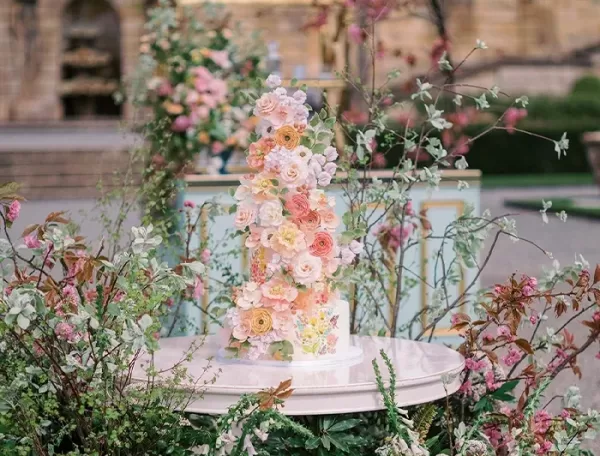When Japan’s Emperor Akihito officially abdicates the Chrysanthemum throne on 30th April 2019, he will become the first head of the imperial family to do so since 1817.
Since Japan’s modern era began with the Meiji Restoration in 1868, Emperors have been legally bound to hold power until death, so as to prevent any issues arising with dual authority between them and their successor. It’s fair to say this is a defining event in Japanese life.
The question is, why now? In August 2016, Akihito gave a televised speech in which he spoke at length about his ailing health, in the wake of heart bypass surgery, and in addition to undergoing treatment for prostate cancer. While not explicitly stating his plans to abdicate, his words were interpreted as such. The following June, Japan’s Diet (composed of a lower house called the House of Representatives, and an upper house, called the House of Councilors) passed a law allowing Akihito to resign the throne, with the caveat that this would be a one-off for him alone. In December 2017, Prime Minister Shinzo Abe confirmed that Akihito would hand power to his eldest son, Crown Prince Naruhito, in April of this year.
To get a sense of context, Akihito acceded to the Chrysanthemum throne - the name given to the Japanese monarchy - in 1989, following the death of his father Hirohito, Japan’s wartime Emperor. Akihito set about attempting to make the monarchy more accessible, even if by modern standards it remained hidden behind closed doors. He became the first Emperor to marry a commoner, now Empress Michiko, and his sons followed suit. Despite such attempts at modernisation, however, the line of succession remains male-only, meaning that Naruhito’s brother Prince Akishino will become heir, and not his daughter. Female members of the Imperial family who marry commoners lose their royal status, unlike men.
When Akihito hands power to Naruhito, it won’t just be the name of the Emperor that changes. A new era will start, ending the Heisei Era that began when Akihito took power. This has led to growing concerns among calendar-makers and tech manufacturers, with Japan still using its imperial calendar in day–to–day life – as the name of the Era is likely to be revealed imminently, coming into effect on 1st May.
The succession will kick off six months of festivities, culminating in Naruhito’s enthronement on 22nd October. The decision to hold the abdication on 30th April, the day after Showa Day, Akihito’s birthday, means that this year’s annual Golden Week holiday will run for ten days from 27th April until 3rd May.
James Mundy from InsideJapan Tours says visitors should not be put off by the prospective crowds during this extended national break. “May is a great time of year to be in Japan – nice temperatures, gardens in full bloom, fewer non-Japanese tourists. Golden Week can be busy, but the string of festivals means that there are all sorts of interesting traditional cultural events.”
If you would like to explore the culture and sights of Japan, why not contact our travel specialists who will make it their mission to craft you a personalised itinerary.
Photography by David Edelstein




